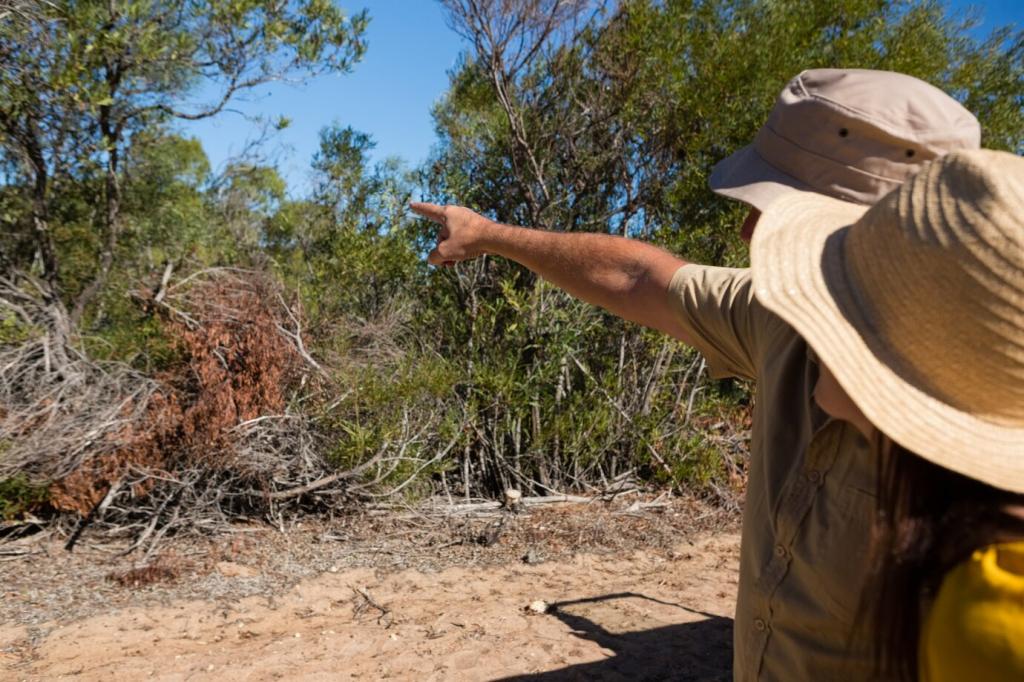
Wilderness First Aid Basics for Hunters
Chosen theme today: Wilderness First Aid Basics for Hunters. Welcome to a practical, campfire-true guide to staying calm, thinking clearly, and helping yourself or a partner when the nearest road is miles away. Read on, ask questions, and subscribe for more backcountry-ready know‑how.
First Minutes Matter: Scene Safety and the Primary Survey
Pause for three slow breaths. Scan for loose rocks, unstable branches, weather shifts, and weapons secured on safe. Decide if it’s safer to move or stay put. Clear thinking in the opening minute prevents compounding problems and sets a steady tone for care.
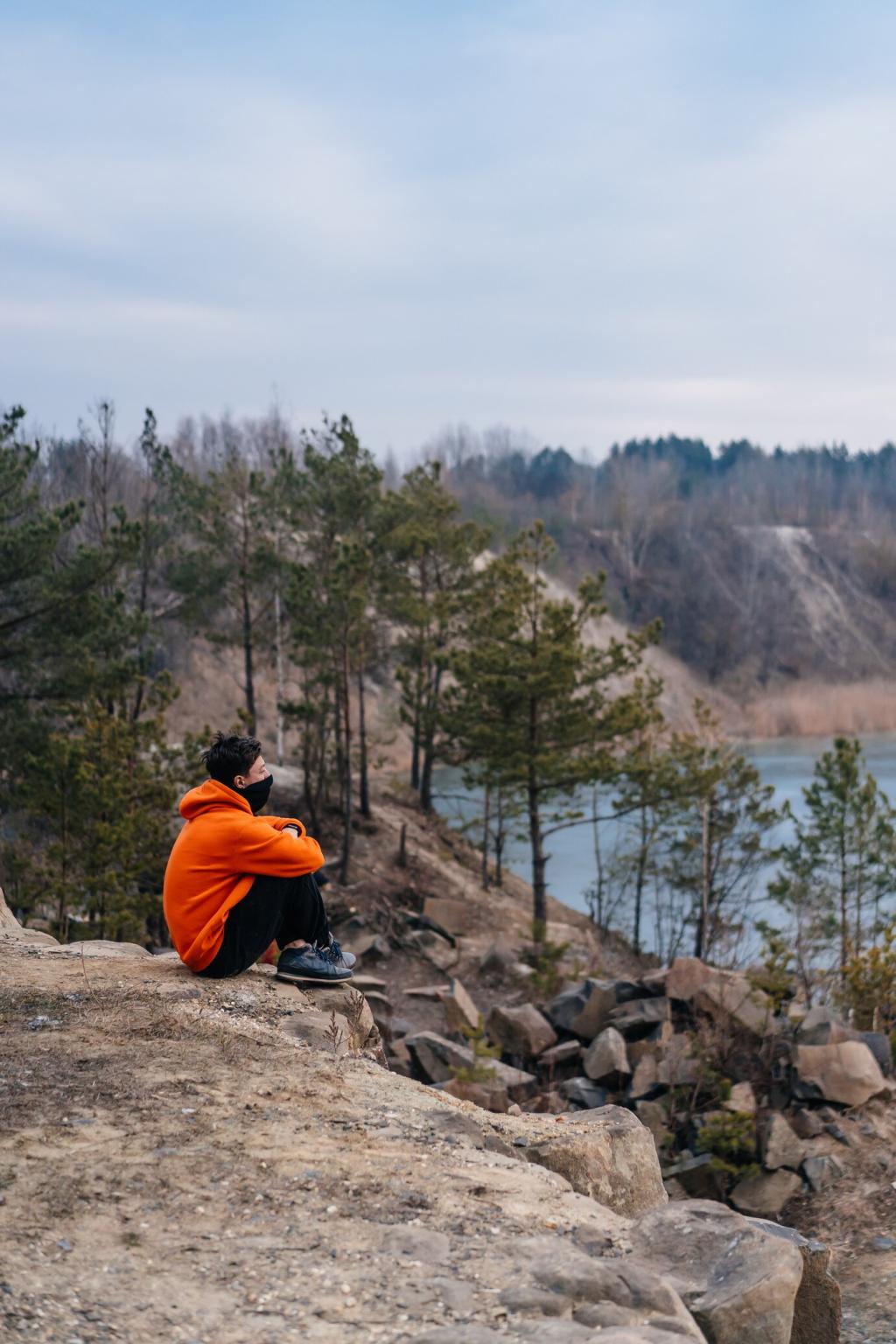
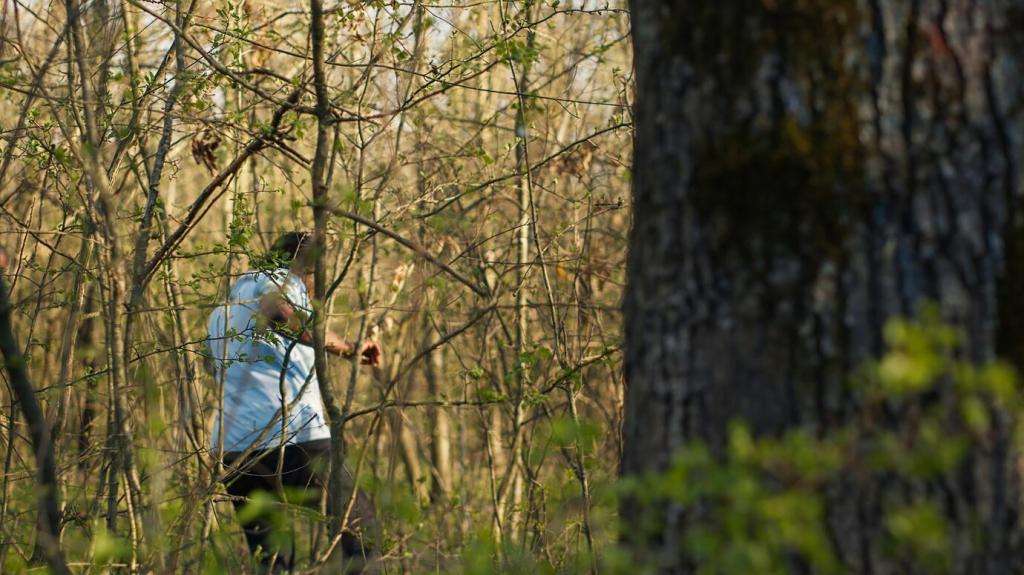
First Minutes Matter: Scene Safety and the Primary Survey
Airway, Breathing, Circulation, Disability, Exposure: a simple mental checklist you can run under stress. Ensure the airway is open, look and feel for breathing, control major bleeding, check responsiveness, then gently expose injuries while preserving warmth. Keep it deliberate and repeat as conditions change.
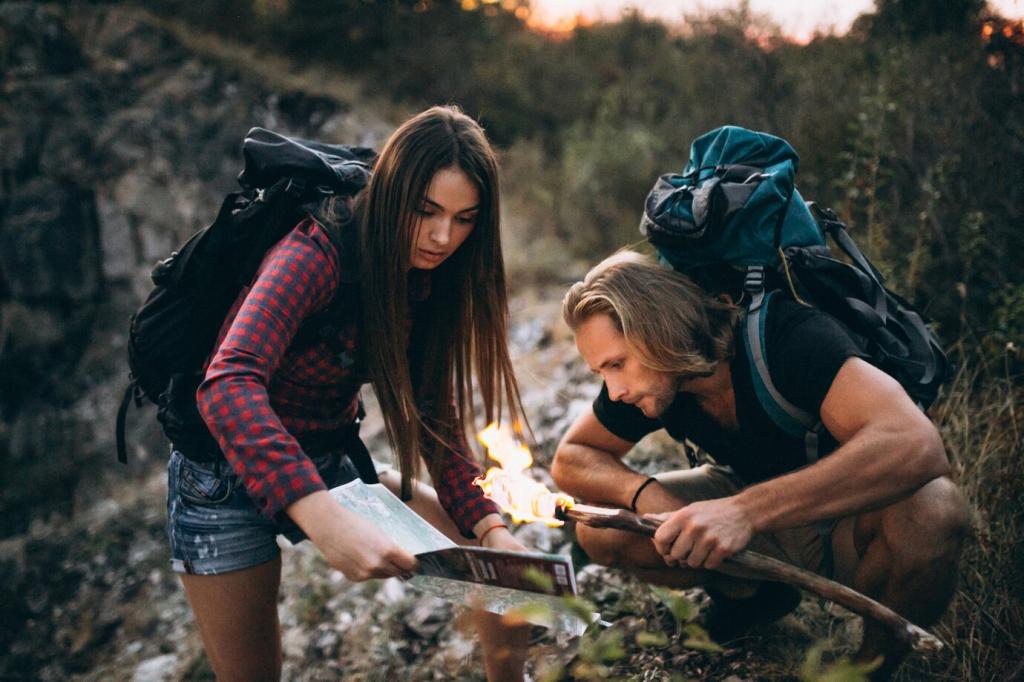
Direct Pressure Done Right
Glove if you can. Press firmly with a clean dressing or folded gauze directly on the source, not just nearby. Maintain steady pressure for several uninterrupted minutes. Reassess only if bleeding soaks through, then add more layers rather than constantly lifting the dressing.
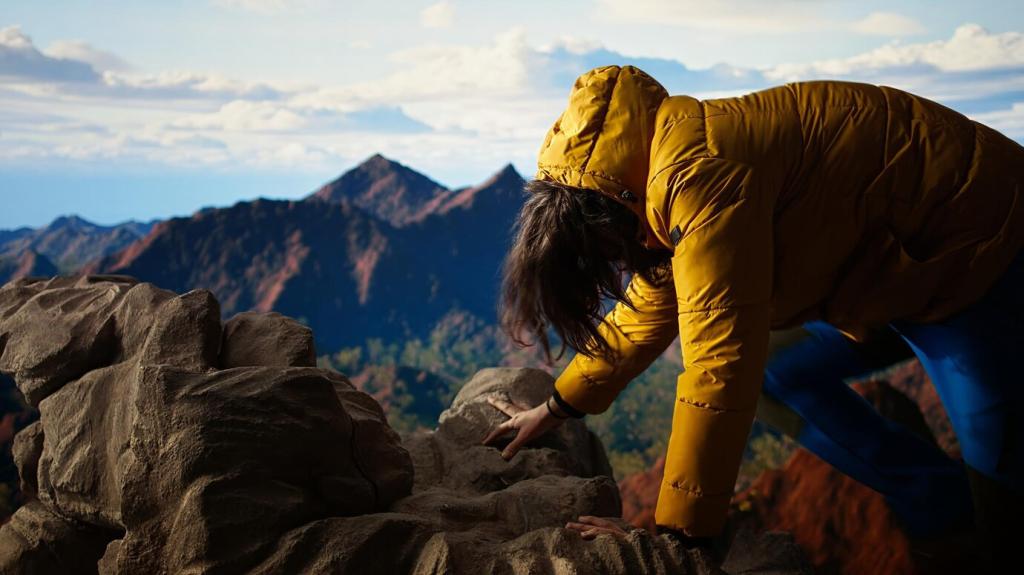
Improvised Dressings from Your Kit
No gauze? Use a clean game bag corner, a bandana, or a spare shirt wrapped tight with athletic tape. Add a flat rock or rolled gauze over the wound as a pressure bolster. The goal is secure, consistent compression that frees your hands to manage other tasks.

Tourniquets: Training, Indications, Common Mistakes
For life‑threatening limb bleeding unresponsive to pressure, a commercial tourniquet used by trained hands can be decisive. Place it high and tight on the limb per your training. Avoid loose application or frequent loosening. Mark the time, keep the patient warm, and plan prompt evacuation.
Wounds, Knives, and Clean Hands Around Game
Irrigation: Safe Water and Realistic Volumes
Rinse wounds with potable water, not straight from streams or wallows. A squeeze bottle provides steady pressure to flush debris. Use more water than feels necessary; many minor infections start with rushed cleaning. Pat dry with clean material before dressing to help tape adhere.
Dressing Layers That Survive a Pack‑Out
Start with a non‑stick layer, add absorbent gauze, and seal edges with strong tape. Reinforce with a wrap that resists sweat and movement. Check for circulation beyond the dressing after securing. If hiking, carry spare tape and gauze to refresh the outer layers at rest stops.
Hygiene While Processing Game
Separate medical supplies from game bags. Wipe hands with sanitizer before touching wounds. Keep knives that contact meat away from your first aid kit. A small trash bag for used dressings prevents contamination. Protect yourself and your partners while honoring the animal and the meat.
Sprains, Strains, and Suspected Fractures
Deformity, bone grating, loss of function, or pain that worsens with light touch suggests a possible fracture. Numbness or pale, cold toes or fingers are concerning. If weight‑bearing makes pain spike sharply, stop. Stabilize in the position found and plan a measured, supported exit.
Sprains, Strains, and Suspected Fractures
Use a straight branch, trekking pole, or pack stay. Pad bony points with clothing, then wrap with a cravat or tape above and below the injury. Check circulation and sensation beyond the splint after securing. Keep the limb protected from bumps during uneven descents.
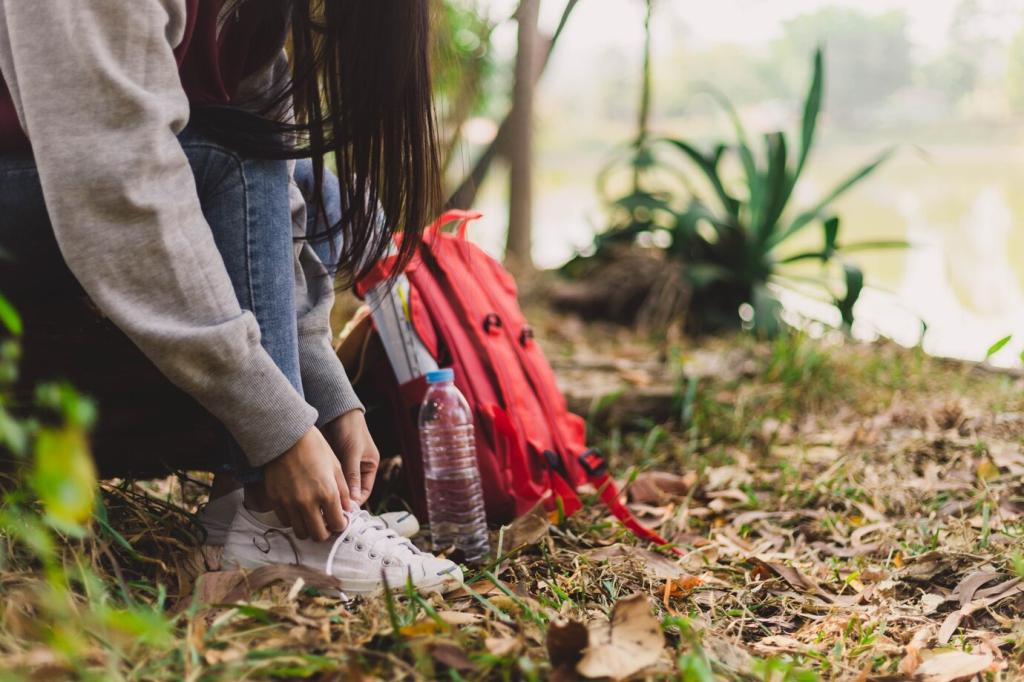
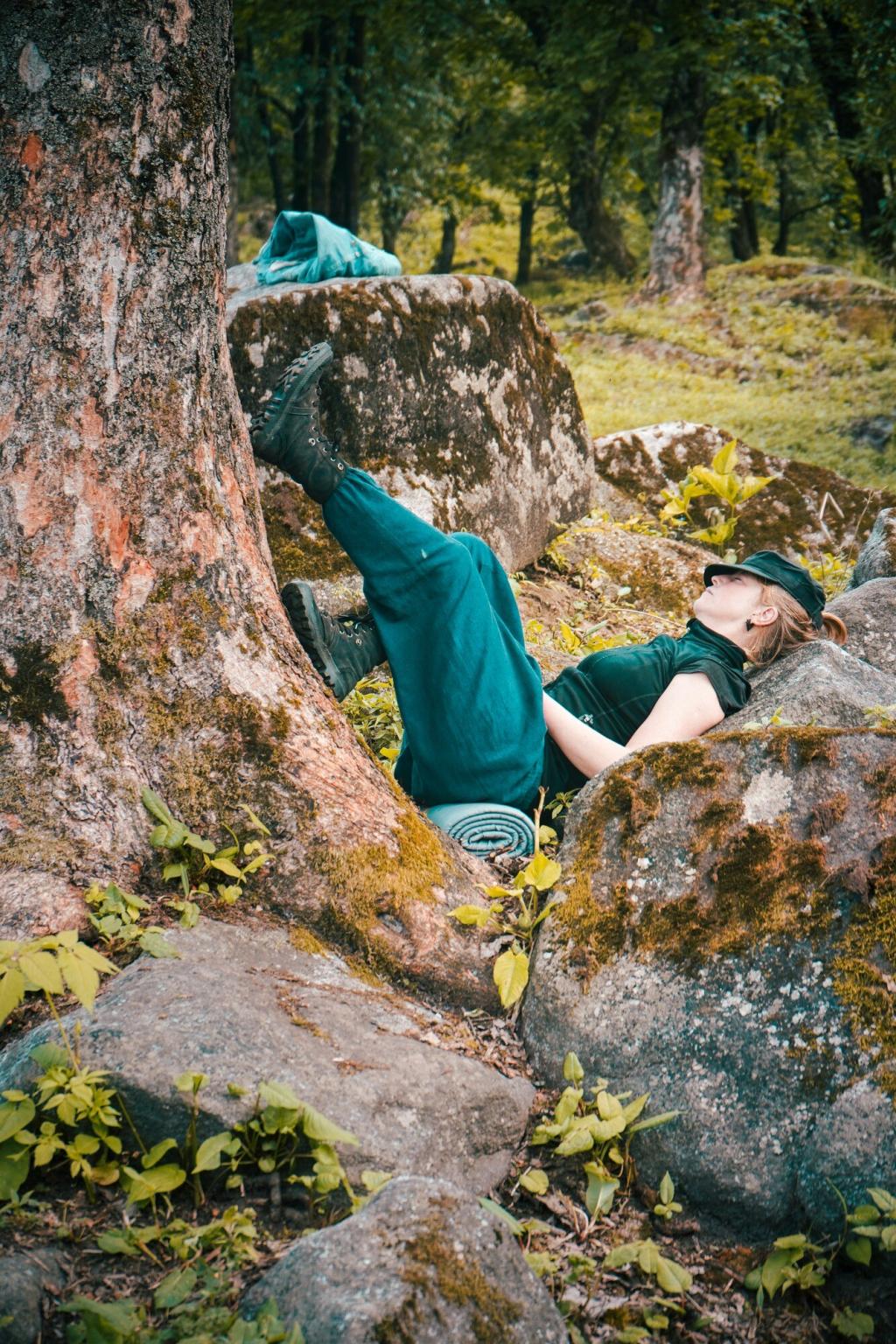
Hypothermia: Early Clues While Glassing
Watch for subtle shivering, clumsy fingers on buckles, and unusual silence from a normally chatty partner. Add dry layers, wind block, and warm calories early. Move gently to generate heat without sweating. Hypothermia is a slow creep—staying ahead of it is the real win.
Heat Illness on Long Stalks
Plan shade breaks, sip consistently, and track urine color for hydration clues. If a partner gets a pounding headache, nausea, or cramps, stop, cool, and rehydrate. Loosen clothing, wet a bandana for evaporative cooling, and shorten the objective. Share your favorite hot‑weather cooling tricks.
Bites, Stings, and Wild Encounters
Do a nightly tick sweep with a buddy or mirror, especially behind knees, waistband, and hairline. Remove with fine tweezers close to the skin, pulling steadily. Clean the site and note the date. Long sleeves, treated clothing, and light‑colored pants make prevention much easier.
Bites, Stings, and Wild Encounters
Swelling limited to the sting site usually settles with rest, cooling, and elevation. Watch for hives, wheezing, or spreading swelling—signs of a severe reaction. If prescribed epinephrine, use it promptly and plan evacuation. Keep antihistamines accessible, and let partners know where medications live.
Bites, Stings, and Wild Encounters
Stay calm, immobilize the bitten limb at heart level, and minimize walking. Remove rings or tight items before swelling. Skip cutting, suction, ice, or tight tourniquets. Mark swelling lines and times if possible, and move toward definitive care using the safest route available.
Your Hunter First Aid Kit and Communication Plan
01
Core Items That Punch Above Their Weight
Gloves, gauze, pressure bandage, elastic wrap, adhesive tape, blister care, triangular bandage, wound cleanser, tweezers, pain relievers, and a compact emergency blanket. Add a commercial tourniquet and a hemostatic dressing if trained. Pack items where they’re reachable with either hand.
02
Training That Sticks When Stress Hits
Hands‑on practice beats reading. Rehearse pressure dressings, splints, and your primary survey while wearing gloves. Time yourself. Rotate partners and simulate darkness or rain. Share course recommendations with the community so new hunters can build confidence before the season opens.
03
Comms: When and How to Call for Help
Carry a satellite messenger or PLB where it stays on your body, not buried in a pack. Pre‑write short check‑in and SOS templates. Tell a trusted contact your route and return time. In comments, compare devices and what worked for you in tough terrain.
